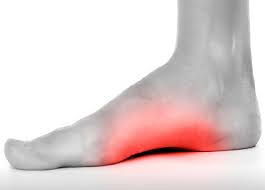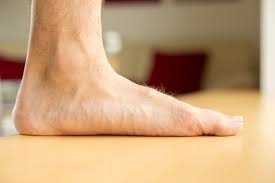
Bursitis in the foot refers to inflammation of the bursae, which are small, fluid-filled sacs that cushion the joints and help reduce friction between bones, tendons, and muscles.
Symptoms of bursitis in the foot may include:
- Pain and tenderness around the affected joint
- Swelling and redness in the area
- Limited movement or stiffness in the joint
- Warmth or a feeling of heat in the area
- A popping or clicking sensation in the joint
Bursitis can be caused by a variety of factors, including overuse, injury, and certain medical conditions such as rheumatoid arthritis. It is most commonly seen in the heel or ball of the foot.
Treatment for bursitis in the foot involves resting and protecting the affected area, applying ice to reduce swelling, and taking over-the-counter pain relievers to manage pain. In some cases, physical therapy or corticosteroid injections may be recommended to reduce inflammation and improve range of motion.
Preventing bursitis in the foot involves wearing properly fitting shoes that provide adequate support and cushioning, gradually increasing activity levels to avoid overuse injuries, and maintaining a healthy weight to reduce stress on the joints.


